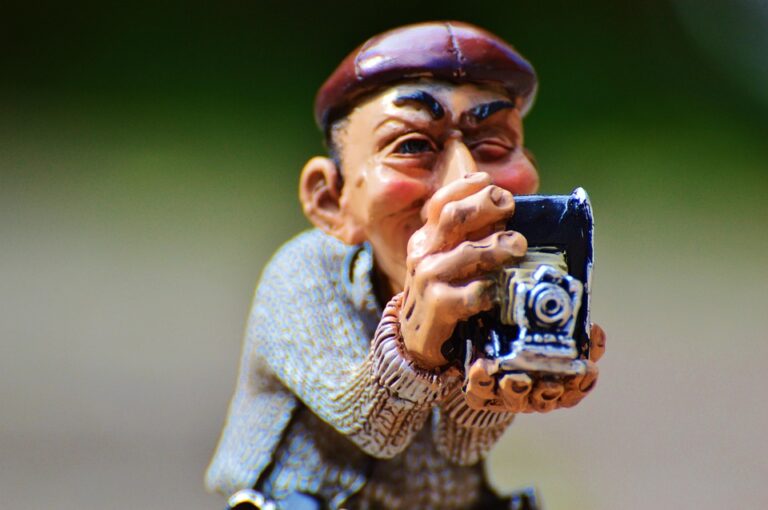Paparazzi Law: Navigating Legal Boundaries in Celebrity Photography
In the glitzy world of celebrity culture, where every moment can become a trending story, paparazzi shots have become both a source of fascination and controversy. Although the demand for celebrity images is insatiable, the legal landscape surrounding paparazzi photography is complex and often contentious. This article will guide you through the intricate boundaries of paparazzi law, helping readers understand how it affects both photographers and their high-profile subjects.
The Rise of Paparazzi Culture
Over the past few decades, paparazzi shots have evolved into a multi-million dollar industry. In 2021 alone, the celebrity photography market was estimated at $300 million, driven by social media and reality TV. With platforms like Instagram and Twitter amplifying the personal lives of stars, the allure of capturing an exclusive moment has led to increased demand for unauthorized photographs. This uptick has ignited intense debates about privacy rights and the legal implications of such invasive practices.
Understanding Paparazzi Law
Paparazzi law primarily revolves around privacy rights, intellectual property, and public interest. Here are key aspects that shape this legal landscape:
1. Privacy Laws
- California’s Privacy Laws: In the United States, particularly in California, privacy laws offer varying degrees of protection to public figures. The California Civil Code Section 1708.8, for instance, gives celebrities a legal framework to sue for unauthorized recordings or photography in situations deemed an "invasion of privacy."
- Expectation of Privacy: The law differentiates between public and private spaces. Celebrities have a lower expectation of privacy when in public. However, the context matters—a private residence or backyard might still warrant protection.
2. Public Figures vs. Privacy Rights
- Public Figure Doctrine: Celebrities, by virtue of their prominence, must contend with a higher standard for proving defamation or invasion of privacy. This often leads to a precarious balance between a star’s right to privacy and the public’s right to know.
3. Intellectual Property Rights
- Ownership of Images: Photographers retain copyright over their images. This means they can control how the paparazzi shots are used commercially and personally, unless otherwise agreed in a contract.
The Legal Consequences of Paparazzi Shots
Despite the lucrative potential of paparazzi photography, legal repercussions abound. Several high-profile cases illustrate this:
Case Study: The Britney Spears Incident
In 2007, Britney Spears found herself in a tumultuous spotlight, sparking intense media scrutiny. During this time, her privacy became a focal point, culminating in a series of legal battles against tabloids for publishing unauthorized images. The lawsuit resulted in a substantial settlement that highlighted the severity of paparazzi overreach and further fueled discussions around celebrity rights and mental health.
Statistically Speaking
Recent studies show that nearly 75% of celebrities report feeling that their privacy has been violated by paparazzi at some point in their careers. This statistic underscores the tension between fame and privacy and the necessity for solid legal frameworks to protect public figures.
The Role of Technology in Paparazzi Photography
With the integration of technology, paparazzi photographers have become more resourceful, utilizing drones and high-powered lenses to capture images from unprecedented vantage points. This advancement raises new legal questions and concerns, particularly regarding airspace rights and privacy.
Example: Drone Photography
Though drone photography can yield unique and dynamic paparazzi shots, it introduces a myriad of privacy issues. Many states have enacted drone laws to restrict the use of aerial drones to surveil private properties, but these laws vary significantly across jurisdictions.
Navigating the Legal Labyrinth
Celebrities often employ legal teams skilled in entertainment law to navigate these murky waters. Here are some strategies they commonly use:
- Cease and Desist Letters: Many celebrities issue cease and desist letters to photographers suspected of invading their privacy.
- Litigation: Some resort to legal action, as seen in the numerous cases where famous individuals have successfully sued for damages resulting from invasion of privacy or defamation.
- Public Statements: Stars often use social media platforms to counter narratives constructed by unauthorized paparazzi shots, reclaiming their story and controlling the public discourse.
Conclusion: The Future of Paparazzi Law
As the demand for content continues to evolve, it’s crucial for both photographers and celebrities to stay informed of the legal implications surrounding paparazzi shots. The intersection of fame and privacy will likely lead to further legal challenges, prompting ongoing adjustments to laws governing this volatile industry.
Suggested Reading
For those interested in diving deeper, check out these relevant articles on buzzo.live:
- "The Ethics of Celebrity Culture: Where to Draw the Line"
- "Famous Faces: Navigating Fame and Privacy in the Digital Age"
- "Photographers vs. Celebrities: The Battle for Control"
Additional Resources
For an authoritative overview, visit resources such as The American Civil Liberties Union and The Electronic Frontier Foundation to understand the broader implications of privacy and free speech in celebrity photography.
Images:
- A crowded red carpet event (Alt text: "Paparazzi shots at a high-profile celebrity event")
- A photographer using a drone (Alt text: "Aerial paparazzi shots captured by drone technology")
By understanding paparazzi laws, celebrities can better navigate the intricacies of their personal and public lives, ensuring their rights are protected while also engaging with their audience on their terms.


